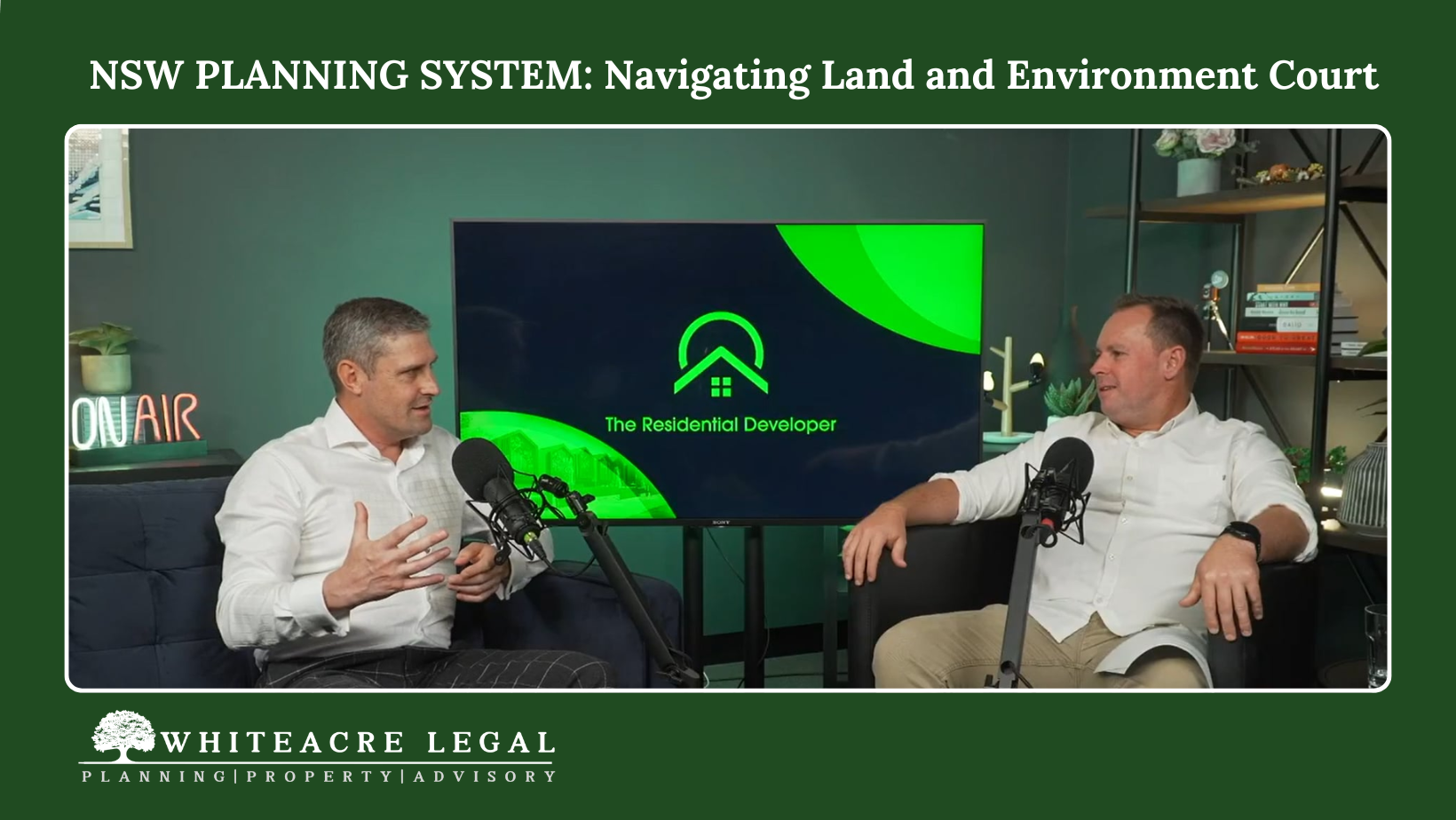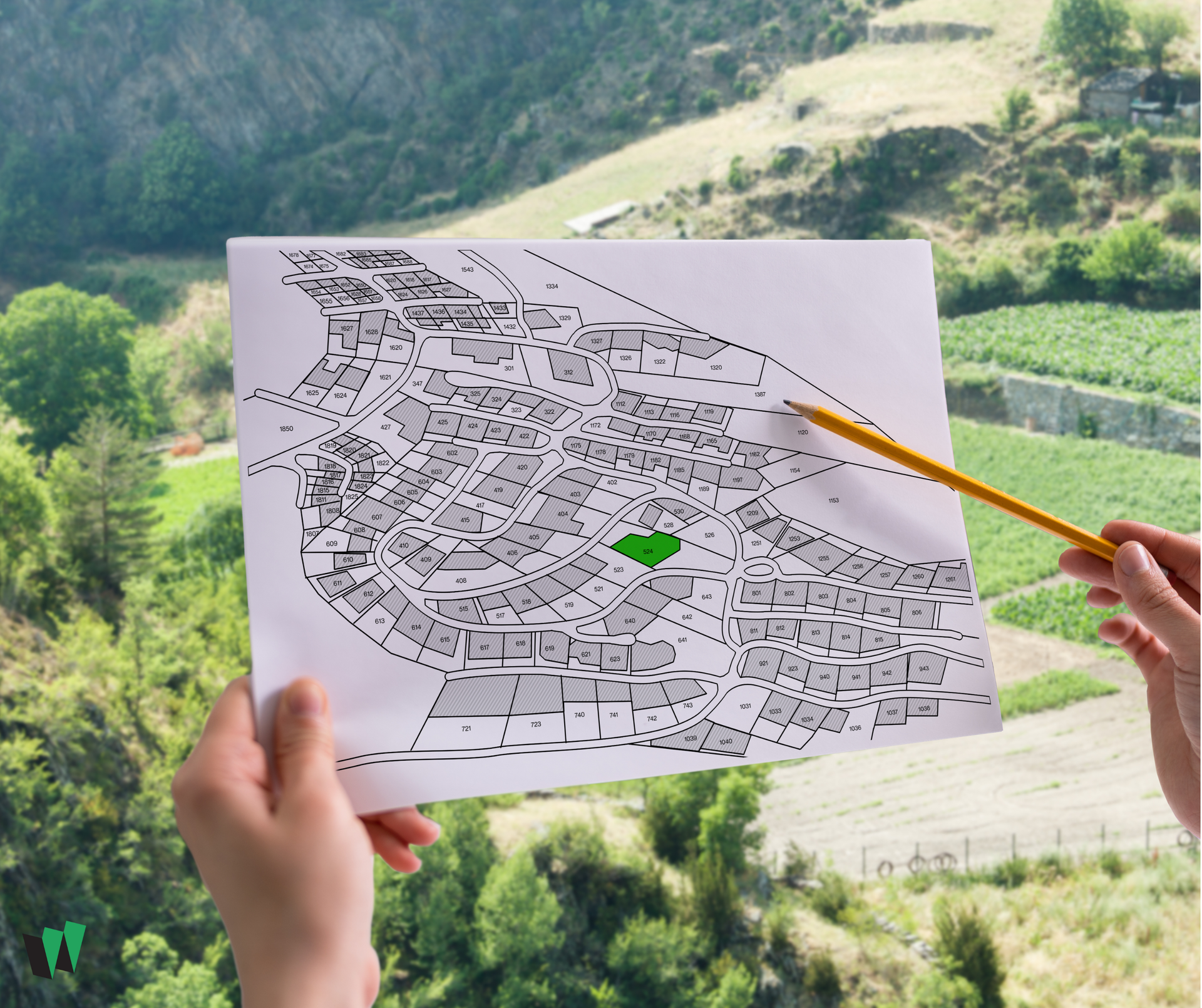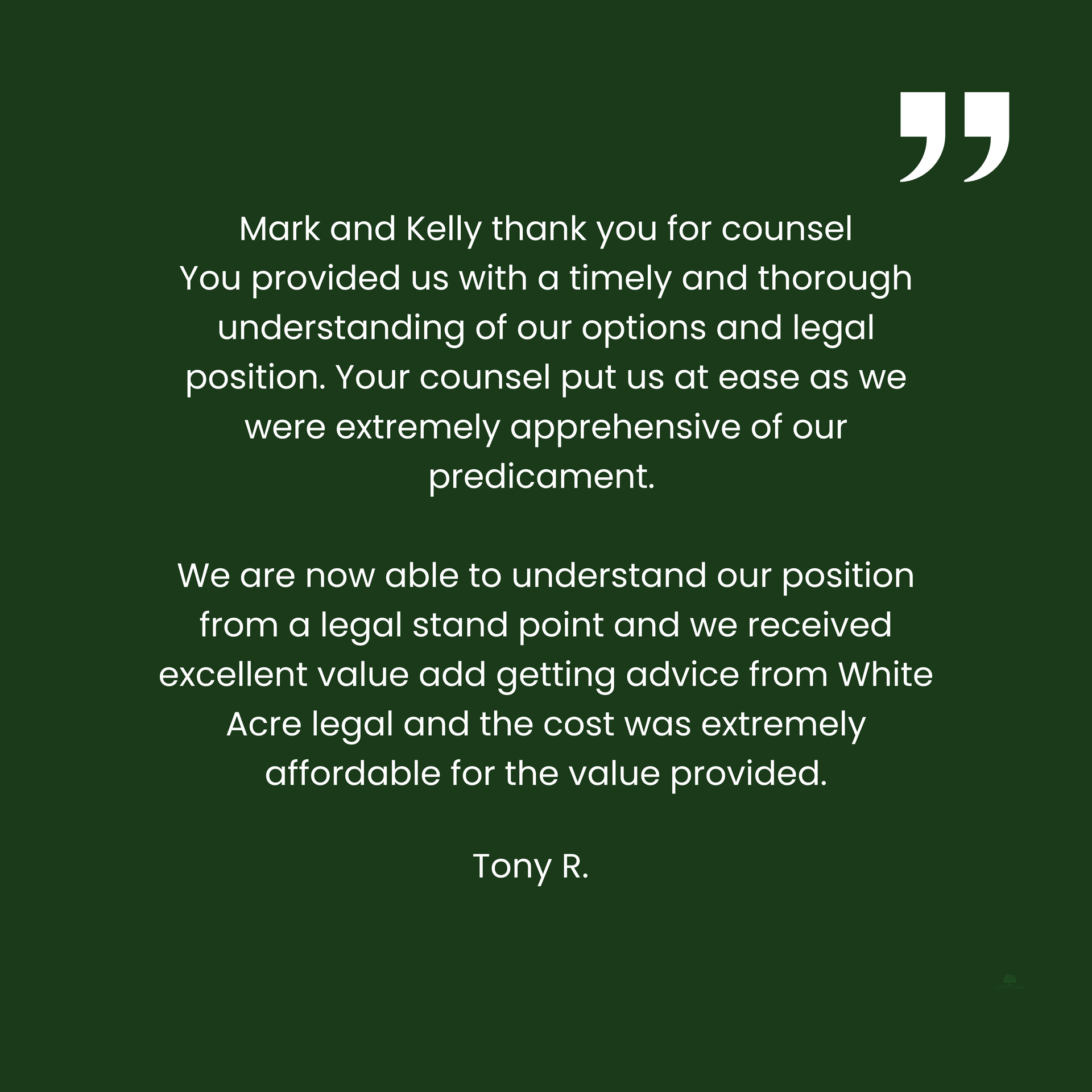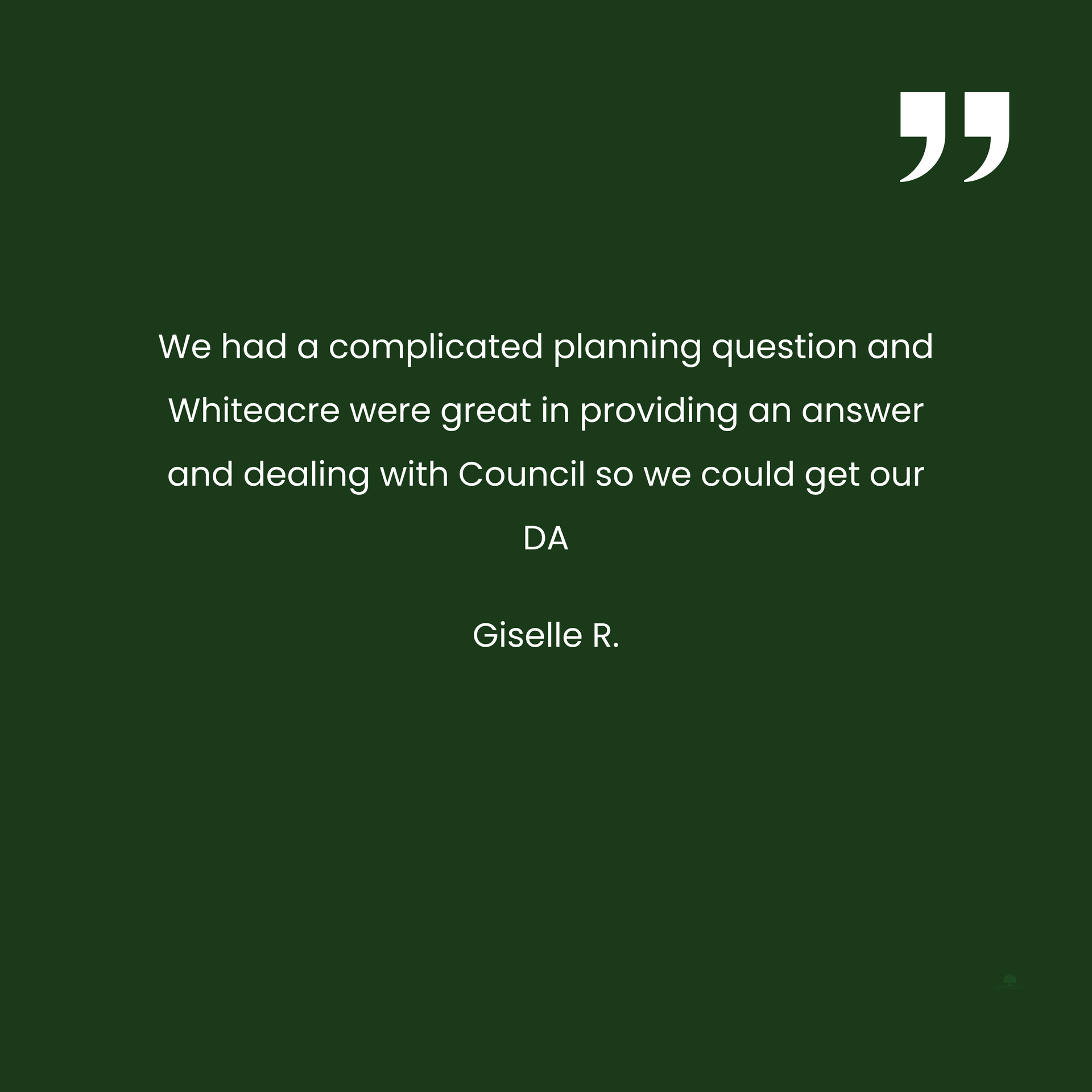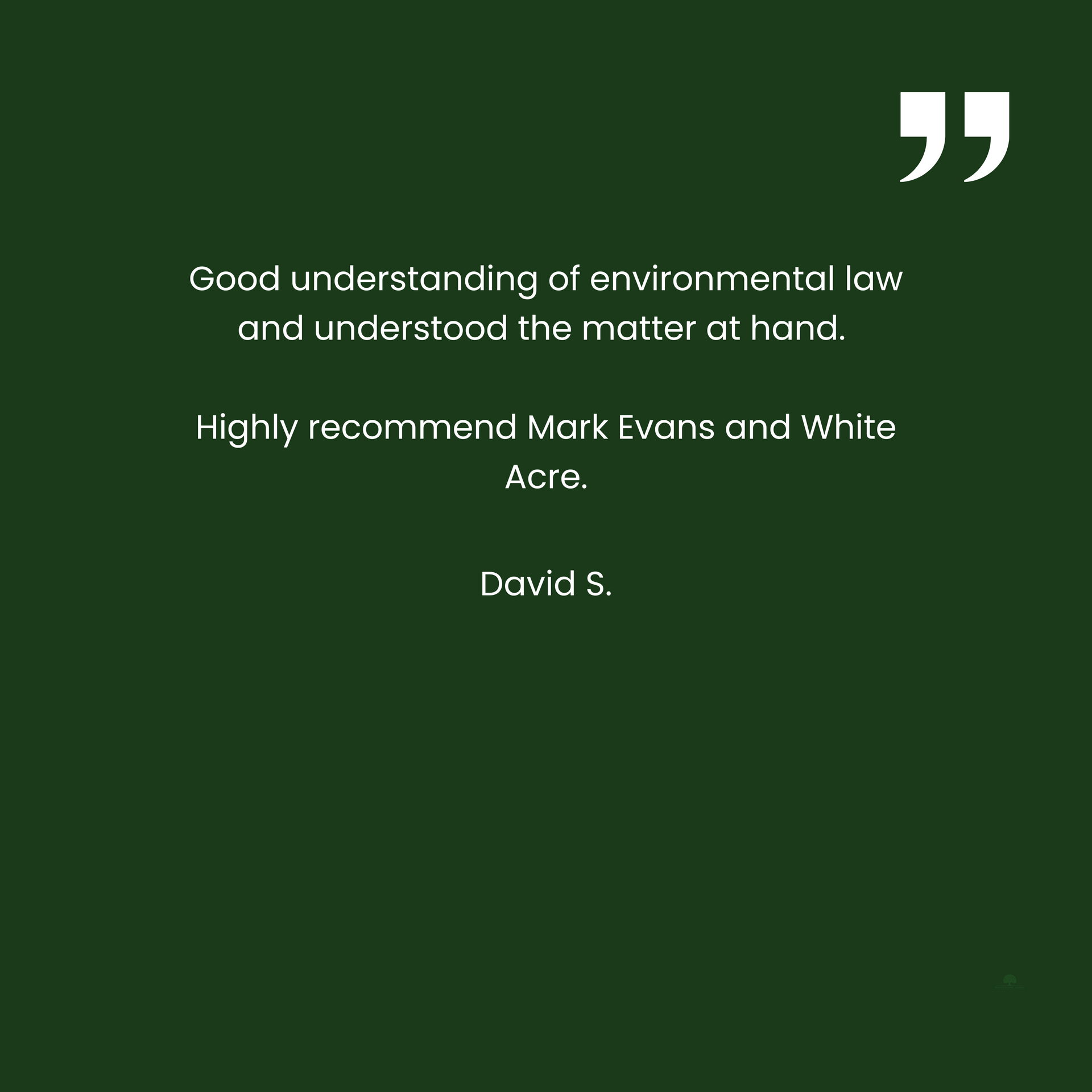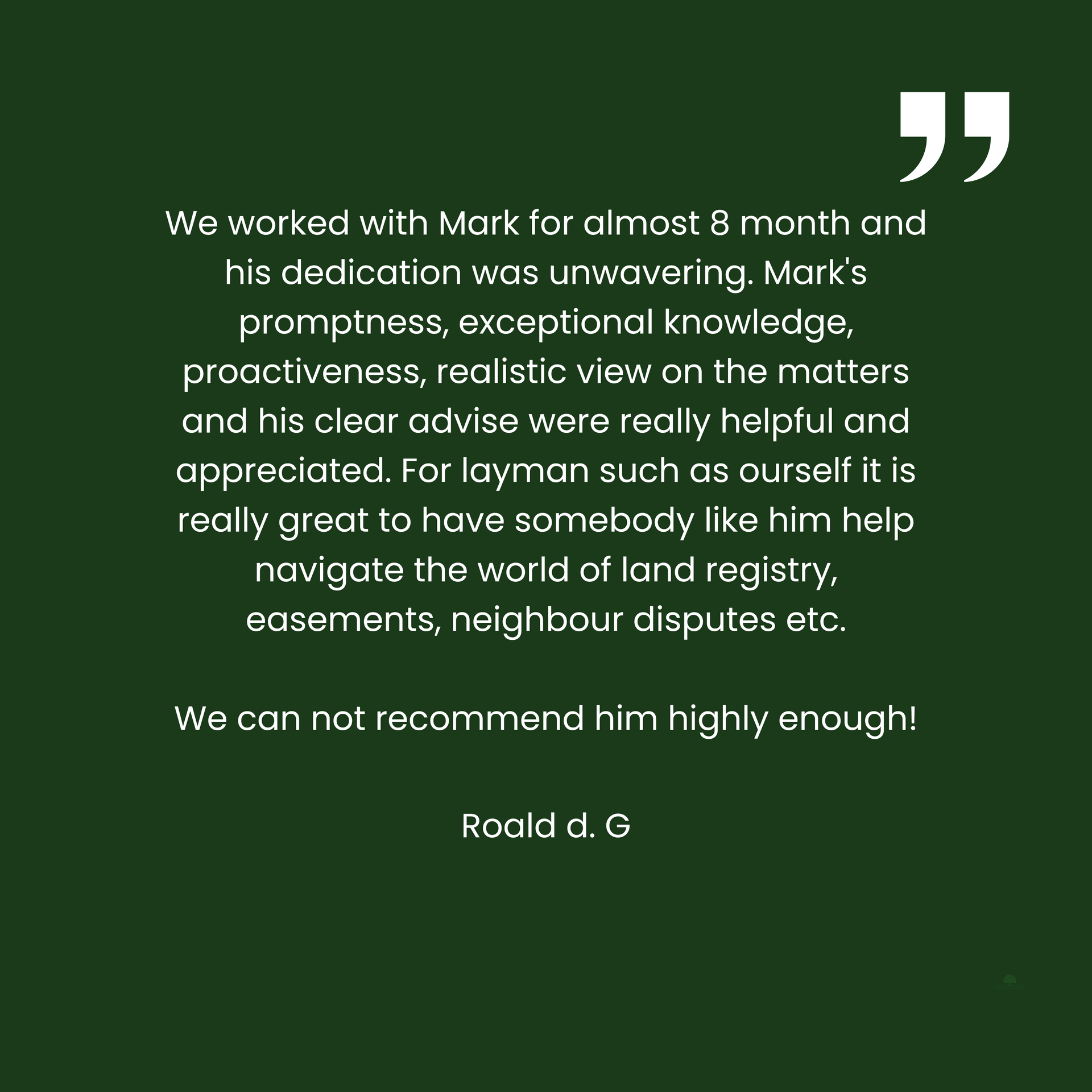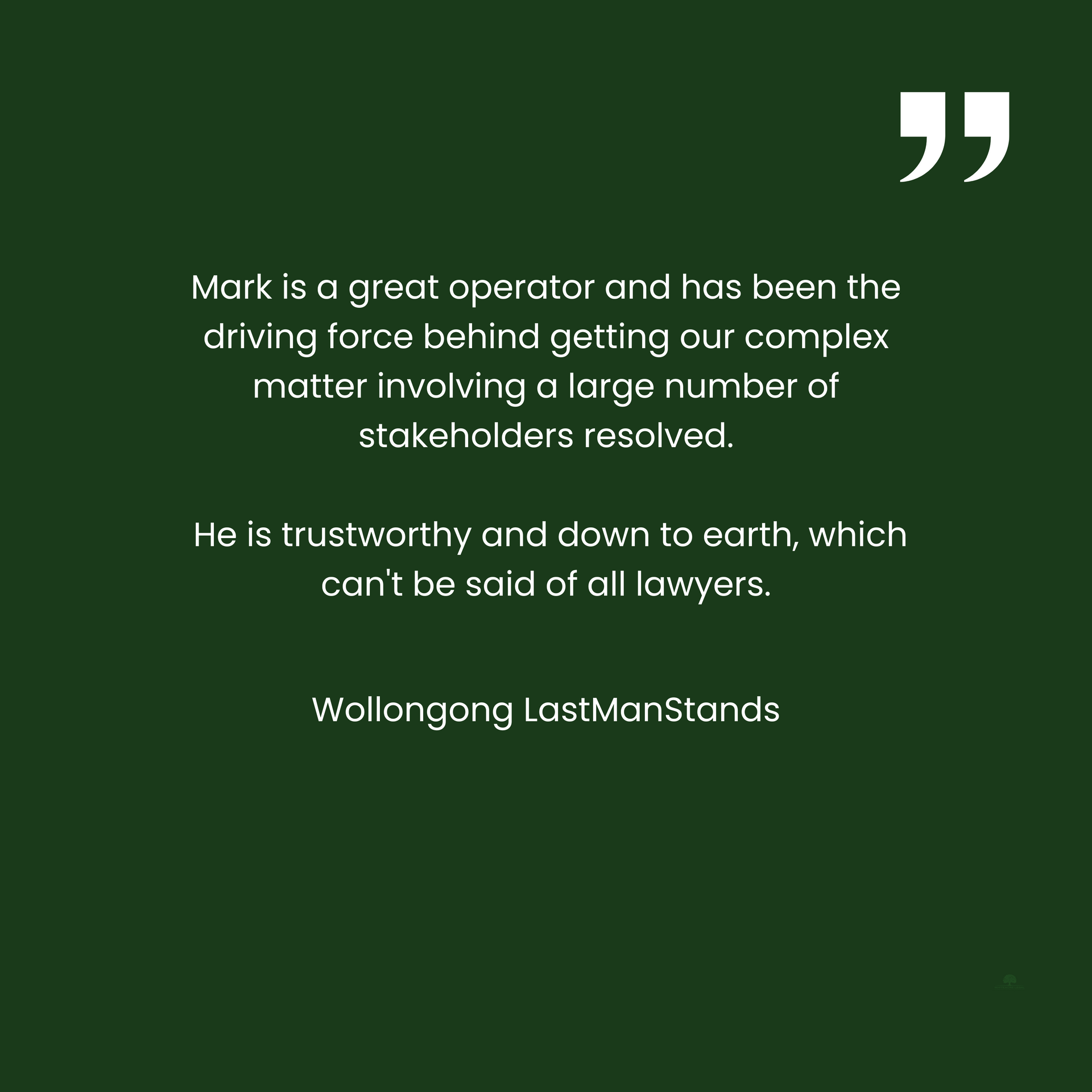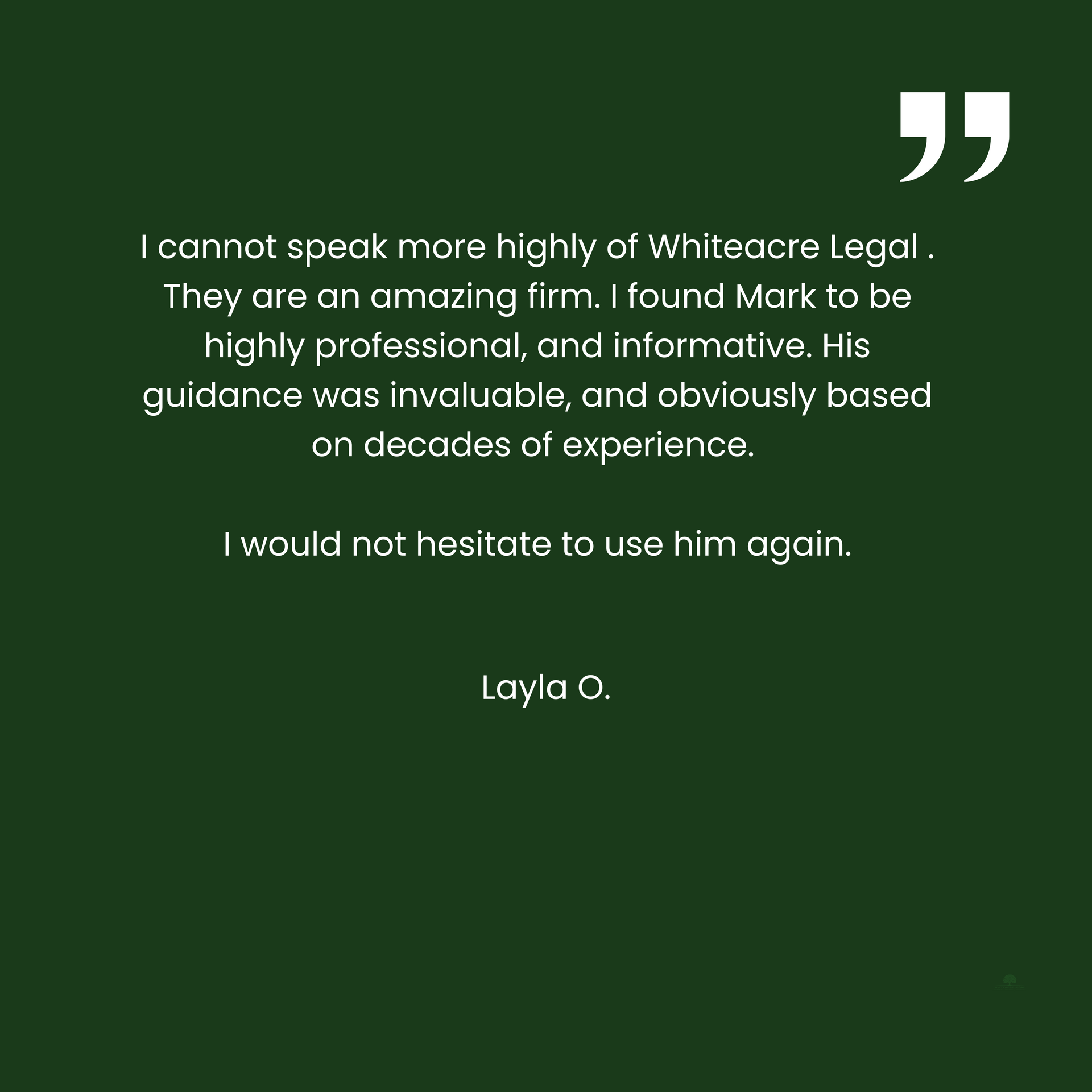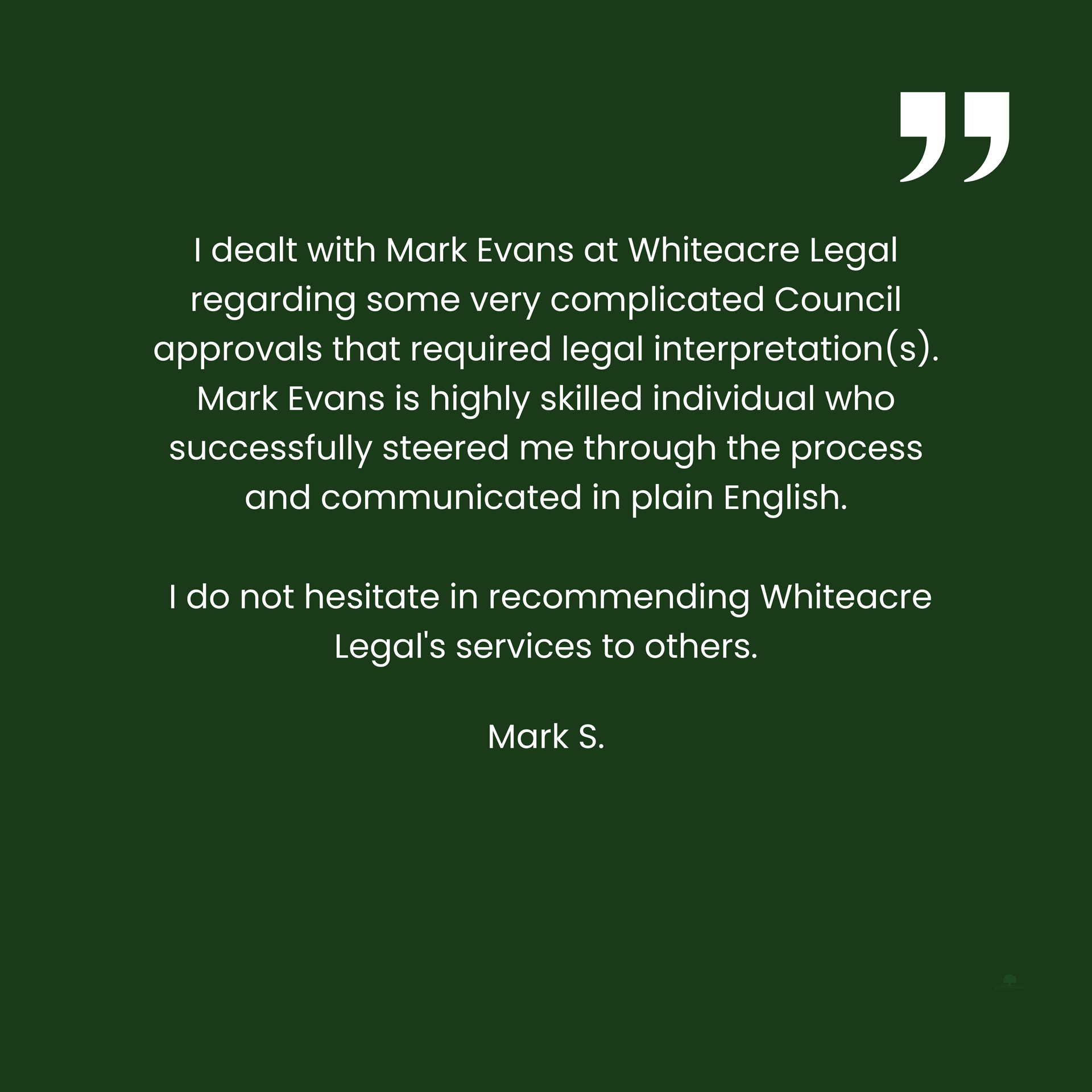What to Do When Your Neighbour’s Tree Is Damaging Your Property
What can you do when your neighbour’s tree drops leaves in your yard or the roots are creeping ominously towards your plumbing?
If you haven’t already had a friendly chat with your neighbour try this first. In fact, the Local Court requires you show evidence you have done this.
If you can resolve it together, great, but make sure you check with your local council and get approval first before lopping and digging as there are serious penalties if you damage or destroy a protected tree.
I suspect in former times a chat over the fence would have resolved things peacefully for everyone (except the tree). Sadly, not anymore. In fact, there’s something about these matters that turn once-friendly neighbours into bitter enemies. In recognition, the NSW parliament enacted specific laws to deal with these and similar issues:
Trees (Disputes Between Neighbours) Act 2003 (Trees Act); and the
Dividing Fences Act 1991 (Fences Act)
These Acts give the Local Court special powers to make orders regarding trees and fences without the parties involved going to the expense of relying on traditional property law concepts such as “nuisance” or “trespass”.
Under the Trees Act:
The Court may make such orders as it thinks fit to remedy, restrain or prevent damage to property, or to prevent injury to any person, as a consequence of the tree…
Case study
Recently we were engaged by a homeowner. The roots of his neighbour’s gum tree had burrowed under the fence and were now busily destroying his sewerage lines with all the attendant ghastly consequences. After obtaining several quotes to fix the problem, talks between the neighbours broke down. We were engaged to commence proceedings in the Local Court to seek orders that the roots be trimmed back and the sewerage lines repaired. Ultimately, the court found in our favour and ordered that the neighbour pay the reasonable costs of repair.
Advice on your rights
If you are experiencing a similar issue or if you just want advice on your rights, contact us to help you find a solution.
Require further assistance? please do not hesitate to call us on (02) 9145 0900 or make an enquiry below.
Browse by categories

Servicing all of NSW, Whiteacre provides expert property law and planning and environment law advice and assistance.
✓ Planning Law Advice
✓ Land and Environment Court Appeals
✓ Voluntary Planning Agreements and Contributions
✓ Development Control Orders and Enforcement
✓ Property Development Advice and Due Diligence
✓ Title Structuring
✓ Easements and Covenants
✓
Strata and Community Title legislation
Book an initial consultation through our website with our planning law solicitor. Whether it's about planning and environment law or property law, you can approach us and discuss your matter to make sure we are a good fit for your requirements.

